Kitzmiller v. Dover, Part Three: The Scientists Speak, the Designers Scatter
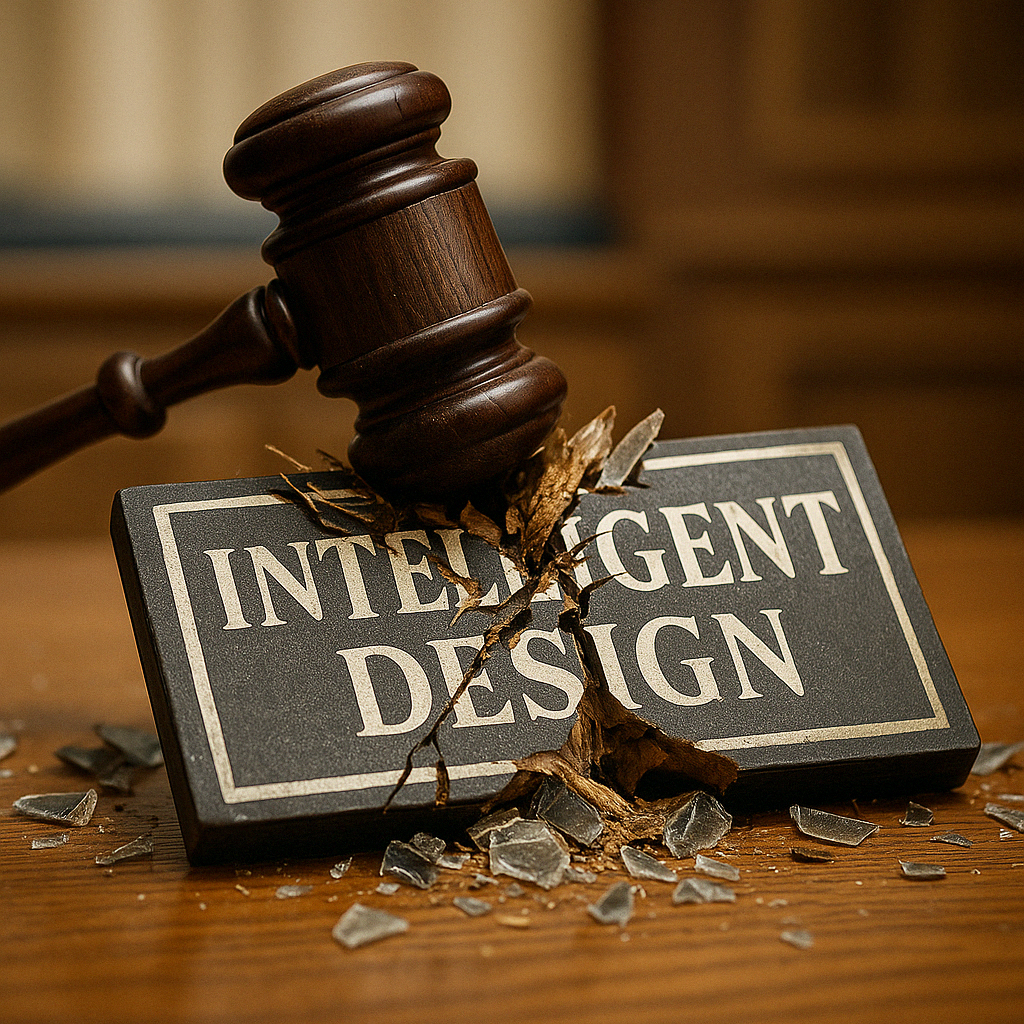
TL;DR: The third chapter in this courtroom saga shifts focus to the people who actually showed up and brought the receipts. While many of intelligent design’s most vocal defenders backed out before trial, a powerhouse lineup of scientists stepped forward, rolled up their sleeves, and explained—patiently and plainIy—why ID doesn’t hold up under scrutiny.
The Dropouts: When the Defense Team Blinked
Before the trial even began, a quiet exodus was already underway. Several high-profile advocates of intelligent design—Stephen C. Meyer, William Dembski, and John Angus Campbell—had been expected to testify. These weren’t fringe characters; they were key figures behind the movement, frequent contributors to ID literature, and public faces of the Discovery Institute.
But when it came time to sit under oath and face cross-examination, they bailed. Dembski cited legal conflicts. Meyer and Campbell opted out without much explanation. Their absence didn’t go unnoticed. It spoke volumes: promoting ID in op-eds and church basements is one thing; defending it under the legal microscope is another story entirely.
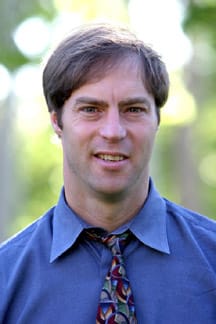
Who Testified for the Defense?
In the end, the defense was left with:
• Michael Behe, biochemist and author of Darwin’s Black Box
• Scott Minnich, microbiologist from the University of Idaho
• Several members of the Dover school board, including William Buckingham and Alan Bonsell
As covered in Part One, Behe’s testimony ended up doing more harm than good. Minnich’s added little new to the conversation. And the school board members, let’s just say, did not inspire confidence with their contradictory and at times evasive answers.
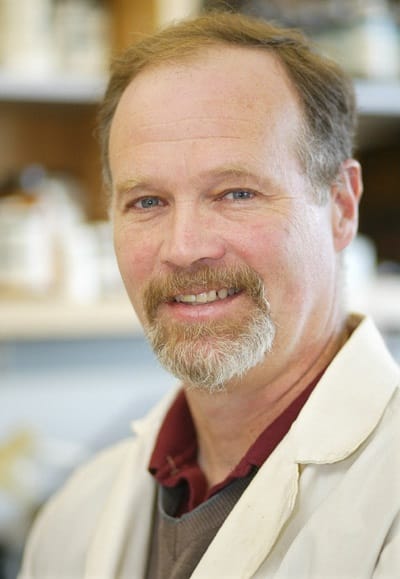
Meanwhile, the Pro-Science Team Brought the Heat
The pIaintiffs didn’t just bring experts. They brought teachers, researchers, and communicators who knew how to connect complex science to real human understanding. These weren’t ivory-tower types rattling off jargon. They were people who believed in the public good of science—and it showed.
1. Dr. Kenneth R. Miller – The Evolutionist Who Prays
Brown University’s Kenneth Miller didn’t fit the caricature the defense was hoping for. A committed Catholic and respected cell biologist, Miller showed how evolution and faith are not mutually exclusive. He’s also the co-author of a widely used high school biology textbook, which made him especially attuned to the classroom implications of the trial. His point was simple: rejecting evolution doesn’t make room for God—it just makes room for confusion. Miller calmly walked the court through the workings of molecular biology and showed, piece by piece, how “irreducible complexity” is more a rhetorical flourish than a biological fact.
2. Dr. Robert T. Pennock – Philosopher with a Sharp Eye for Pseudoscience Pennock’s job wasn’t to argue fossils or flagella. His role was to explain how science works. He described “methodological naturalism”—the idea that science sticks to natural explanations not because it’s anti-God, but because that’s the only way to test things. ID, by contrast, invokes causes that can’t be tested or falsified. That’s not science, he explained; that’s something else entirely.
3. Dr. Kevin Padian – Fossils, Feathers, and Flair
If the trial had a rock star, it was Kevin Padian. A paleontologist with boundless enthusiasm, Padian used charts, diagrams, and models to bring the fossil record to life. He showed how transitional fossils weren’t missing—they were everywhere. His testimony was a masterclass in science communication, and even the court reporter probably learned something.
• Part One: Michael Behe, Intelligent Design, and the Tower of Denial
• Part Two: Pandas, Proponentsists, and the Find-and-Replace Fail
4. Dr. Brian Alters – The Educator’s Warning Bell
Alters didn’t just talk about what’s true. He talked about what happens when schools teach things that aren’t. He explained how presenting ID as science undermines students’ understanding of what science actually is. For young minds trying to make sense of the world, muddying the waters between testable ideas and theological claims isn’t just misleading—it’s educational malpractice.
5. Dr. Barbara Forrest – Connecting the Dots
We met Forrest in Part Two, but her role in the broader narrative deserves a final nod here. She didn’t just show that ID was linked to creationism. She showed the process—how the words were changed, how the strategies were crafted, and how the truth tried to sIip out the side door, dressed in a lab coat.
The Judge Took Notes—Lots of Them
Judge John E. Jones III didn’t just listen—he paid attention. He later praised the plaintiffs’ experts for their clarity, precision, and honesty. The defense, meanwhile, came off as evasive, defensive, and lacking basic scientific credibility.
As he wrote in his opinion:
“ID has not been tested and cannot be tested, and it has no peer-reviewed publications supporting it. Its proponents have not produced research, data, or scientific output of any kind.”
Ouch. That's gonna leave a mark.
Conclusion: When Experts Spoke, the Illusion Cracked
This wasn’t a victory born of snark or smugness. It was won the old-fashioned way: with careful arguments, clear thinking, and evidence that stood up to scrutiny. The pro-science witnesses didn’t just defend evolution—they defended the very idea of what science is and why it matters.
And in a courtroom in Pennsylvania, on the record for all to see, the illusion of intelligent design as science cracked wide open.
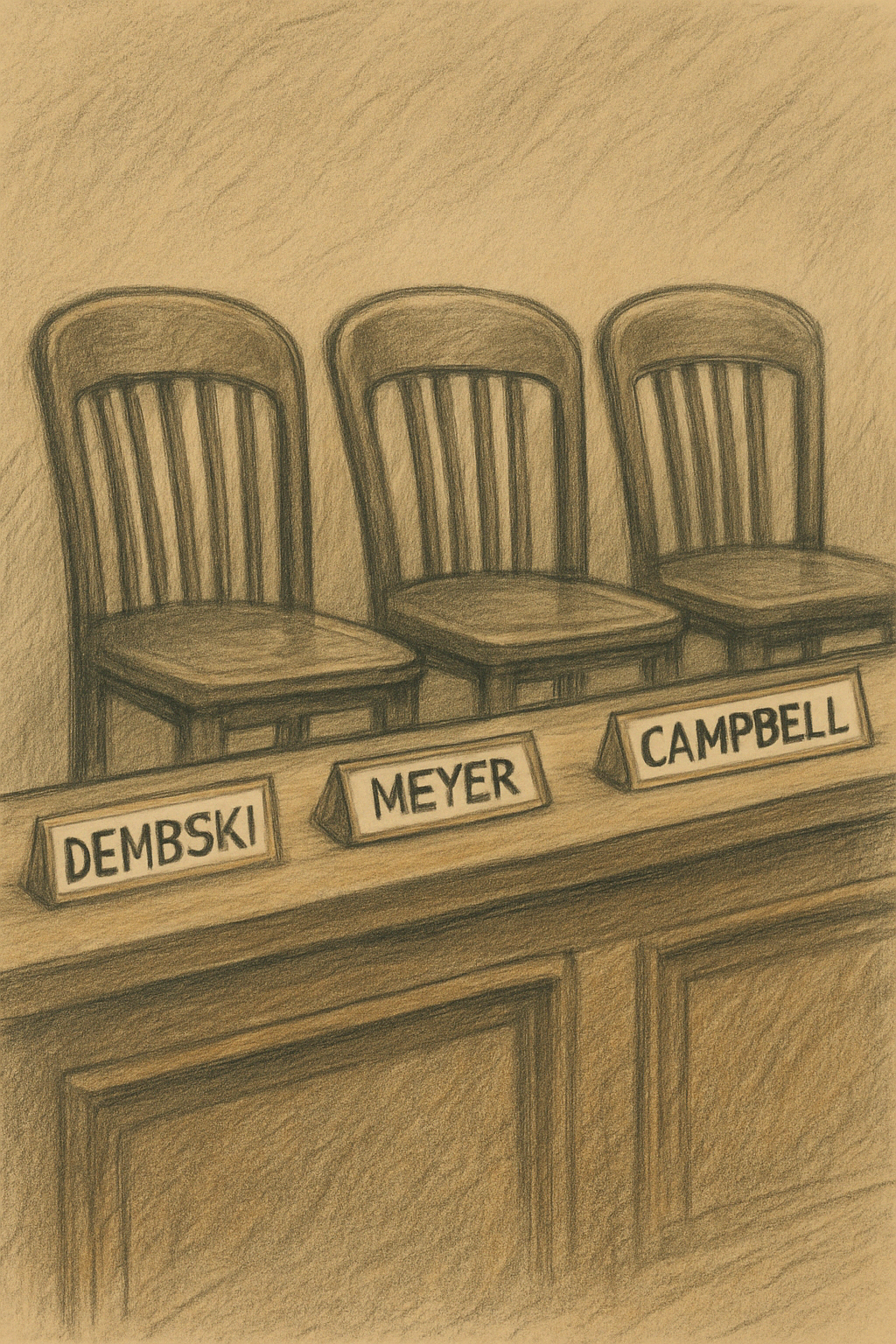
Works Cited
Jones, John E. III. Kitzmiller v. Dover Area School District. 400 F. Supp. 2d 707 (M.D. Pa. 2005).
Humes, Edward. Monkey Girl: Evolution, Education, Religion, and the Battle for America's Soul. Ecco, 2007.
Pennock, Robert T. Tower of Babel: The Evidence Against the New Creationism. MIT Press, 1999.
National Center for Science Education. Kitzmiller v. Dover Trial Documents and Transcripts. https://ncse.ngo.



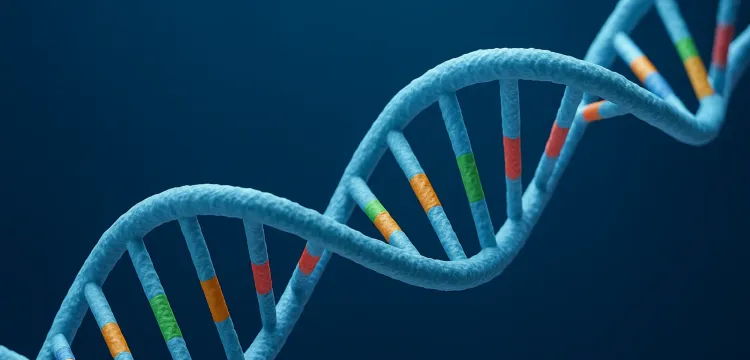

Comments ()